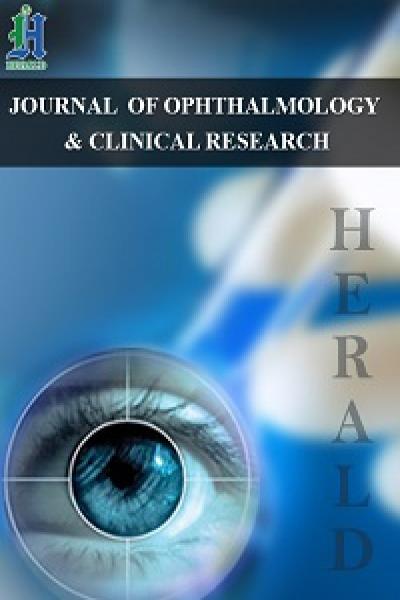
Myopia
Myopia, commonly known as near sightedness, is a refractive error in which distant objects appear blurry while nearby objects remain clear. This occurs when the eyeball is too long or the cornea is overly curved, causing light to focus in front of the retina rather than directly on it. Myopia usually develops in childhood and may worsen over time, particularly in high myopia, which carries an increased risk of serious eye conditions such as retinal detachment, glaucoma, and myopic maculopathy.
Diagnosis is made through a standard eye examination, and vision can be corrected with eyeglasses, contact lenses, or refractive surgeries like LASIK. In recent years, newer interventions such as orthokeratology (overnight corrective lenses) and low-dose atropine eye drops have been used to slow the progression of myopia in children. Early detection and regular monitoring are essential to manage the condition effectively and reduce the risk of long-term complications.

